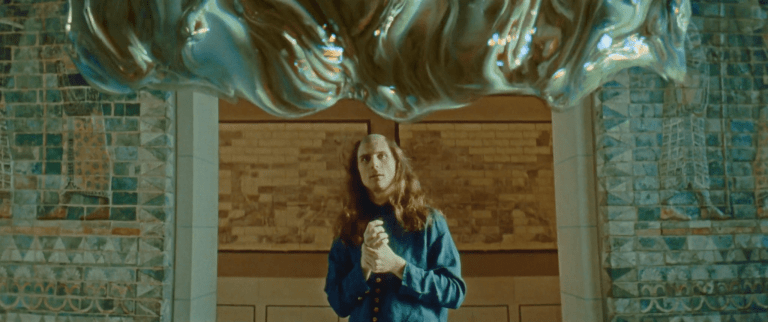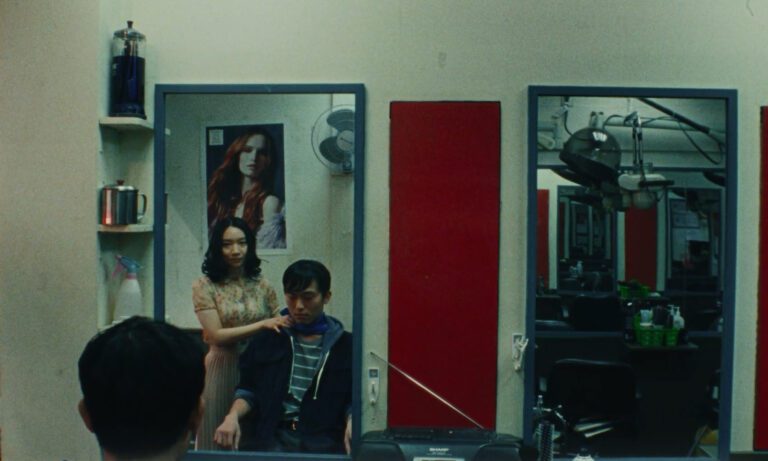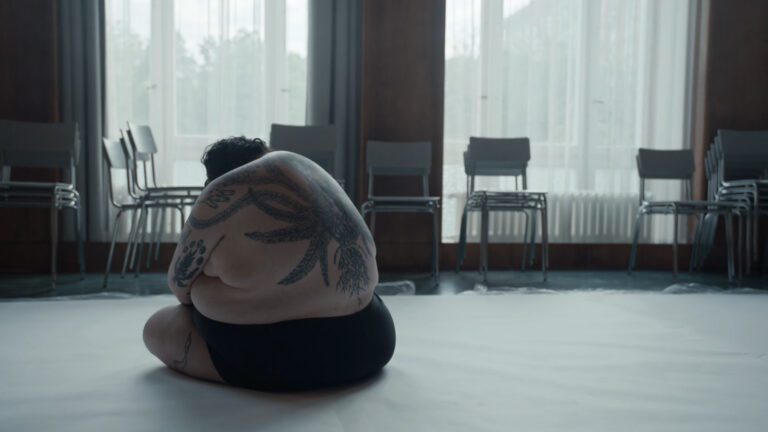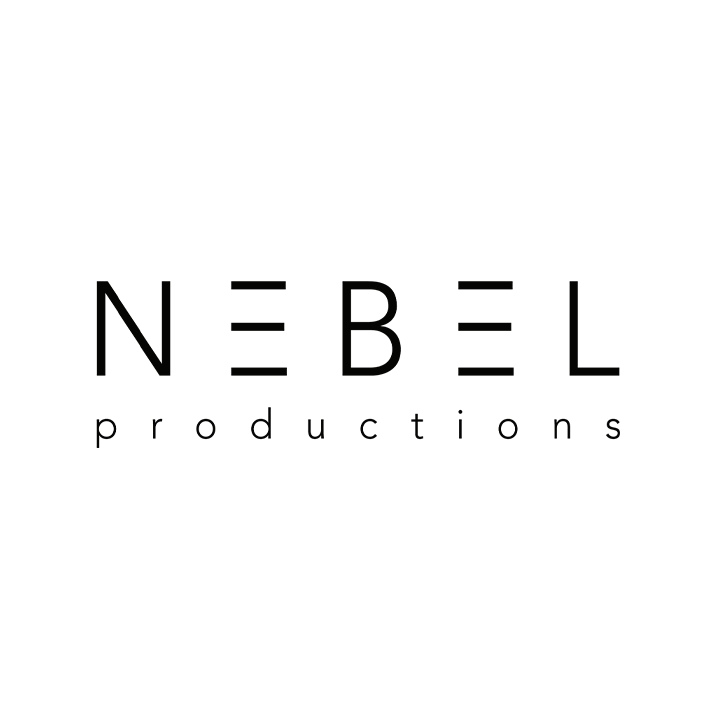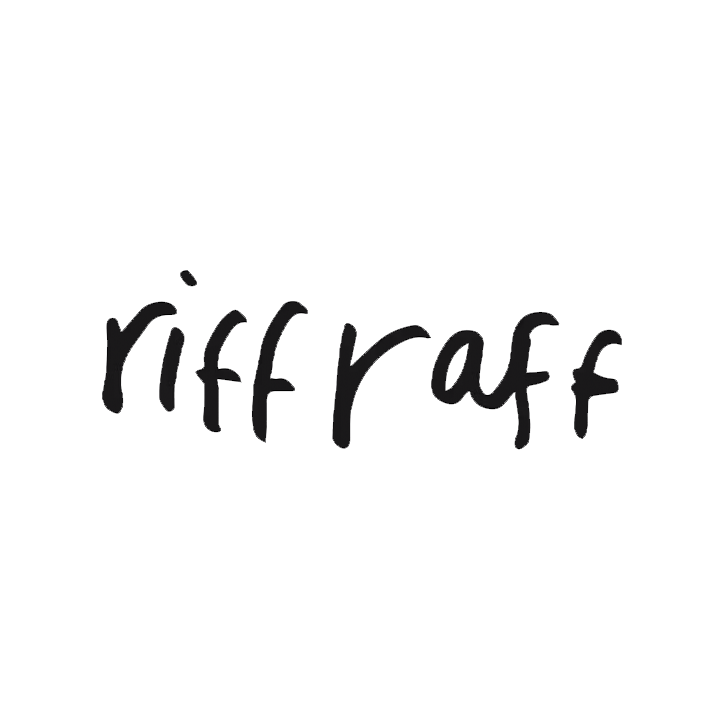Suggested Terms
Director
Location
Format
Festival
Agency
Production Company
Record Label
Award
Country
- United States
September 2022
Paul Trillo directs ‘Cycles of Self’.
Using DALL-E 2 to generate hundreds of outfits.
Filmed in Los Angeles.
Country
- United States
Credits
-
Director

